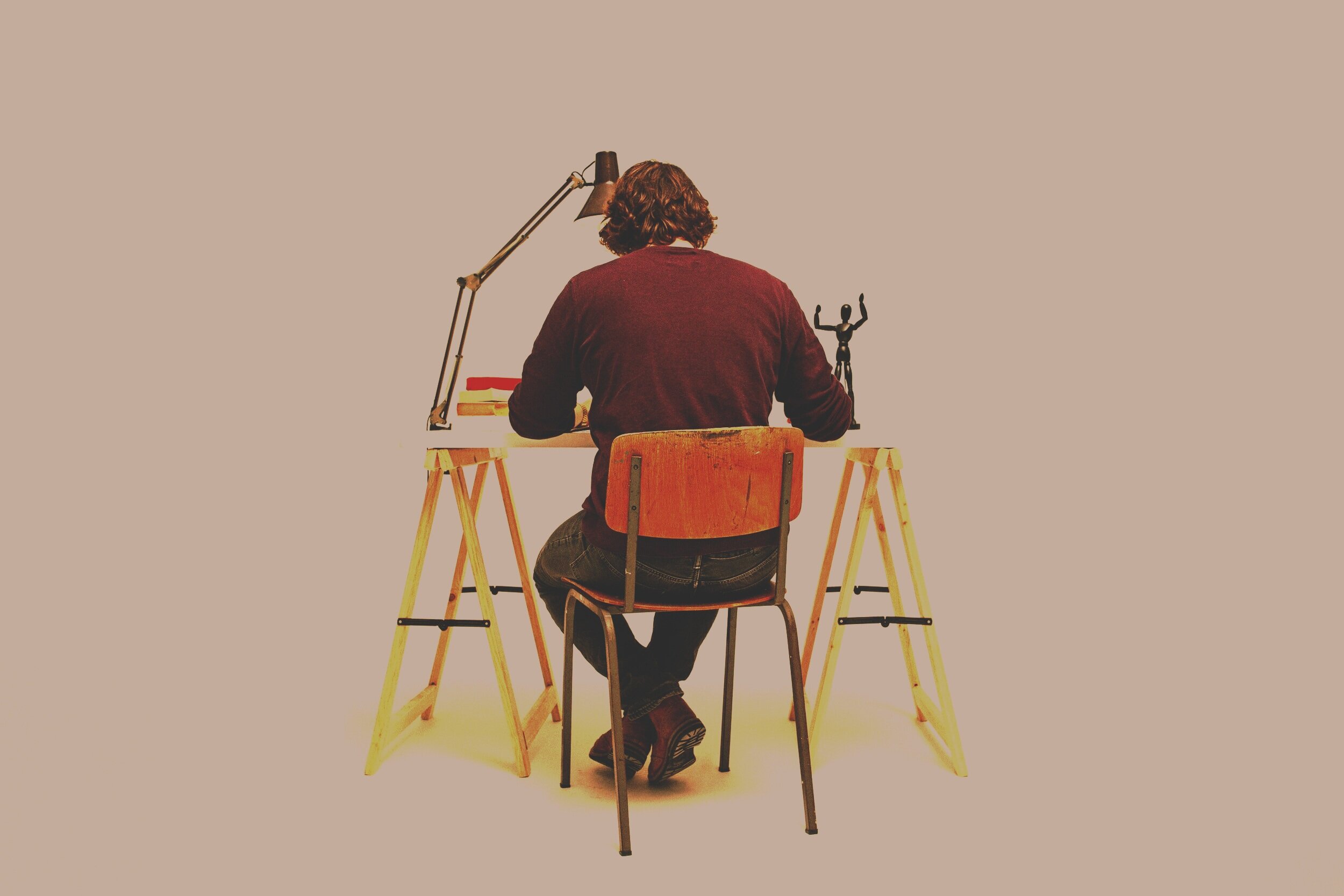The Pastry Chef Who Teaches Engineers
“She doesn’t know it, but Bon Appétit pastry chef Claire Saffitz has taught me and my students what I wish all engineers could know and practice. She’s taught us how to approach design problems with the right skill and attitude. ”
A little background
Claire Saffitz is a professional pastry chef who is the star of Gourmet Makes — a series on the Bon Appetit YouTube channel. In the show, Claire reverse engineers famous foods like the Twix bar, Cheetos, Sour Patch Kids and more, and designs a recipe to make gourmet versions of the food. I’ve only seen two of Claire’s videos (Pocky and Pop-Tarts), but it only took about 3 or 4 minutes of watching to know that Claire was going to teach me a lot about design. I highly recommend at least the Pop-Tart video to anyone working on a challenging design problem. In the true sense of the word “allegory”, I am convinced that you’ll find her attitude about problem-solving applicable to product design, software development, aerospace engineering, and much much more – even though she’s making Pop-Tarts.
One of Claire’s Best Attributes
She does not, in any way, expect her first version of the food to be right. That’s not even on her radar. Her first versions are to learn and understand. She knows they are launching points for refined versions that will eventually be right. In the Pop-Tart video, Claire carries out more than 20 different tests (some of the full Pop-Tarts, and some of just the components like the filling). The entire process of trial and learning is so natural for Claire that you hardly notice how many tests are being done.
I wish all engineers — especially engineers in training — could have the same approach as Claire to problem-solving, to design, and to research. The first version of the design, or the first attempt at solving the problem, is not going to be right. That is OK. That’s actually how it should be. The fact is, if you’re getting it right on the first try, you’re not working on the right problems. You need something more challenging, more worthy of your time.
Another One of Clair’s Best Attributes
She is constantly evaluating her own work. Everything she does is a test. She has a hypothesis, and she tests it — eagerly awaiting the results with hopes of a win but a willingness to be wrong about what she thought would happen. This is so natural to who she is, I am convinced that if she was trained in mechanical engineering, she would be one of the best mechanical designers I know — simply because of her attitude toward learning and understanding what parameters to change to produce a desirable outcome.
To see Claire’s masterful ways, watch the Pop Tart video, and ask yourself the following questions.
How does Claire gather information about her project before getting creative?
My observations: Claire takes the food apart, measures it, identifies key areas that need to be focused on and identifies what the most critical issues are. In reading the ingredients on the Pop-Tart box, she tries to make sense of what she reads, thinking about why it is the way it is. She knows what’s valuable and what’s not while doing her research. She knows when to stop researching and start baking.
How does Claire strategize before she gets her hands dirty, and how does her strategy change over time, as she encounters trouble and learns more?
My observations: With the information she gathered and her own experience, she forms a strategy about how to approach the problem — BEFORE she gets her hands dirty. She knows what she is going to do before she does it and importantly, she has a sense for what will result when she does what she does. She’s very willing to adjust the strategy when she sees that a different approach will be more effective. She never seems to be executing a strategy for strategy sake, but instead, her strategy gets her pointing in the right direction and she adjusts as needed.
How does she engage with others during the design process?
My observations: Claire frequently engages with others during the design process, asking for feedback, and importantly asking questions she thinks she knows the answers to as a way of validating her own thinking. She is not designing in a vacuum, waiting to unveil a final product to those around her. Her colleagues are quite aware of what she’s doing and the progress she’s making.
How does she manage frustration and stress during the process?
My observations: She does well at putting into perspective small failures. She doesn’t let them get her down. To her credit, she is mindful of conflicting objectives that arise during the design. With this awareness of “what runs counter”, as she puts it, she knows to expect some failures and disappointments as a way of gaining success in other areas.
How does Claire manage her time?
My observations: Claire is quite aware of what she has planned and how long it will actively take to carry out, and how long she’ll have to wait for things to happen like dough to chill, or icing to harden. She strategically parallelizes her work. She seems to know when her work is good enough; surely her awareness of how much time has already passed on the project weighs into her assessment of “good enough”.
* * * * *
On all accounts, the seemingly impertinent story about reverse-engineering the Pop-Tart is actually incredibly relevant to engineering design and tackling difficult challenges. My hope is that both you and I will be a bit more like Claire Saffitz in the way we approach engineering design. Merci Claire, bon appétit et bon design!
To cite this article:
Mattson, Chris. “The Pastry Chef Who Teaches Engineers.” The BYU Design Review, 22 Oct. 2019, https://www.designreview.byu.edu/collections/the-pastry-chef-who-teaches-engineers.





